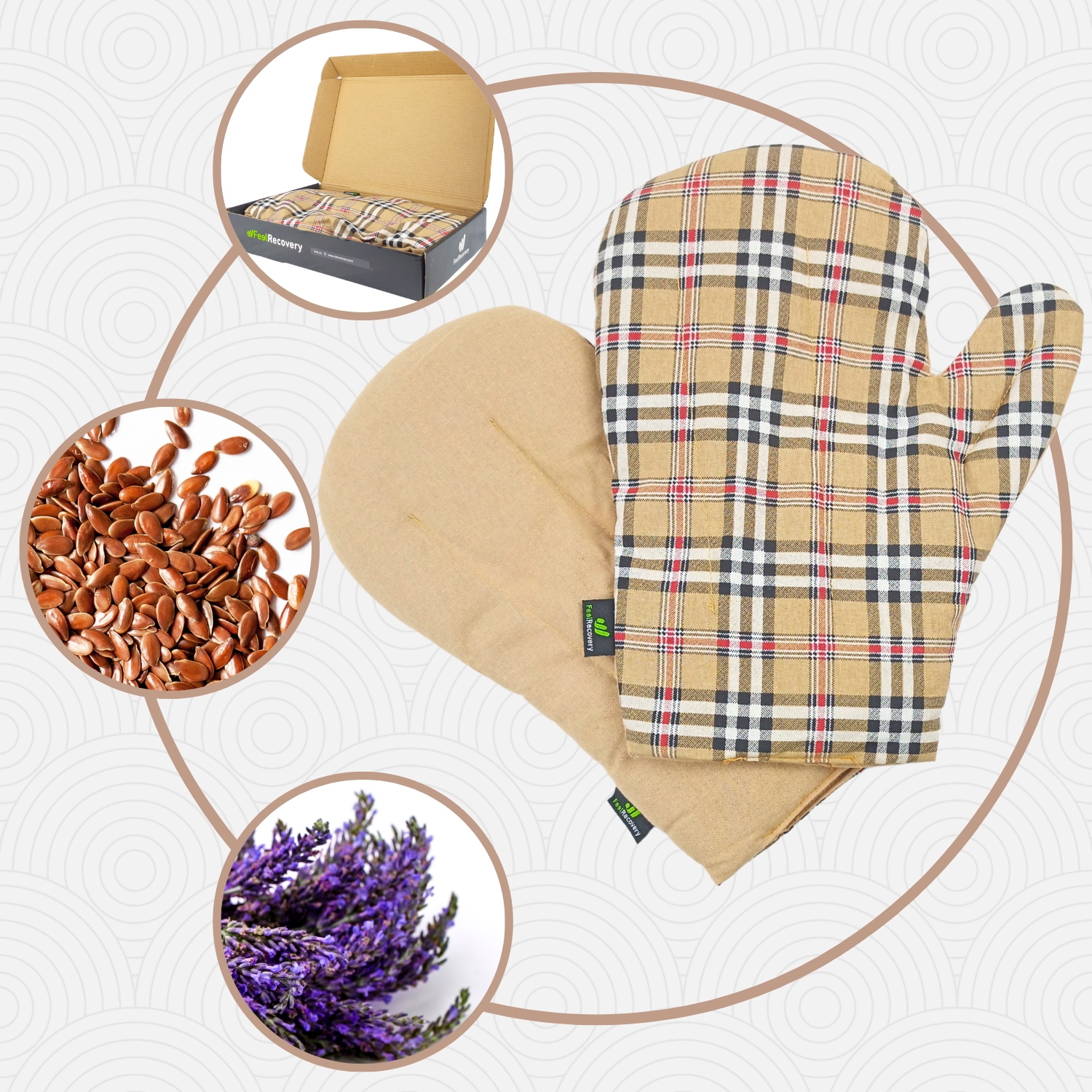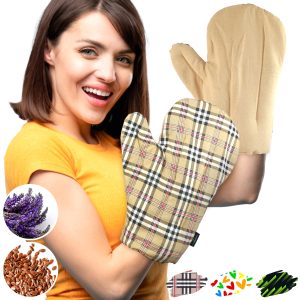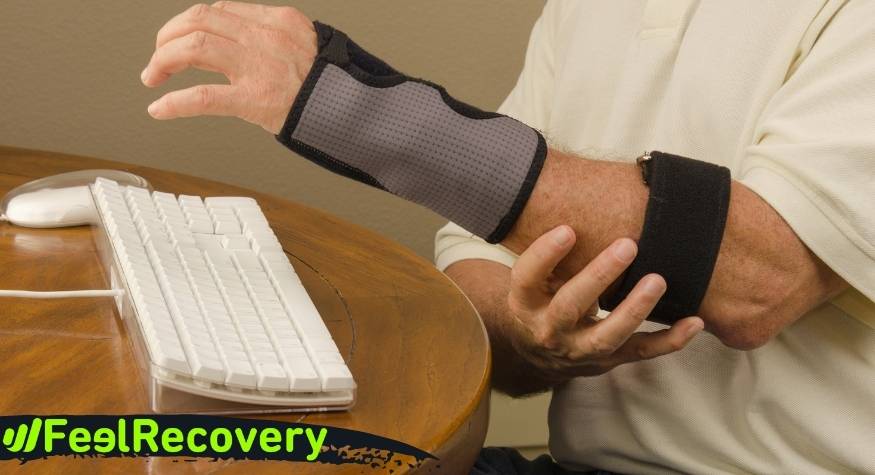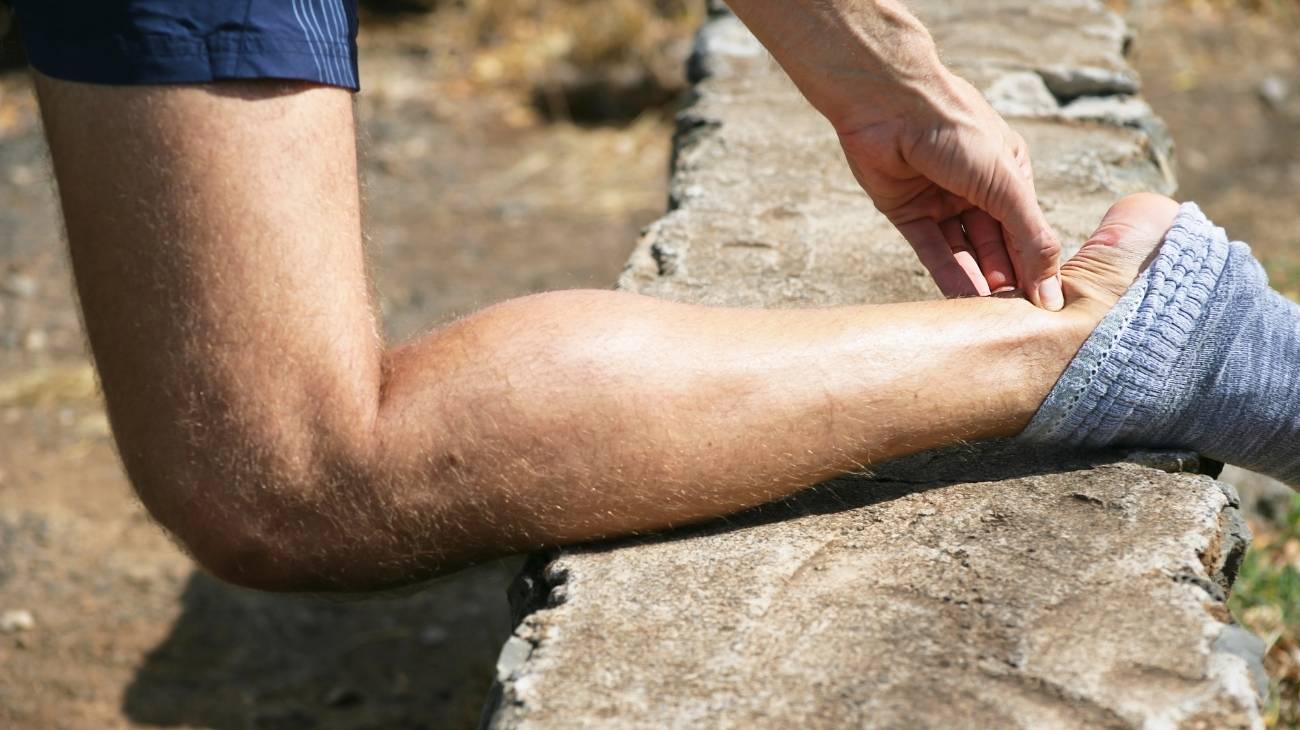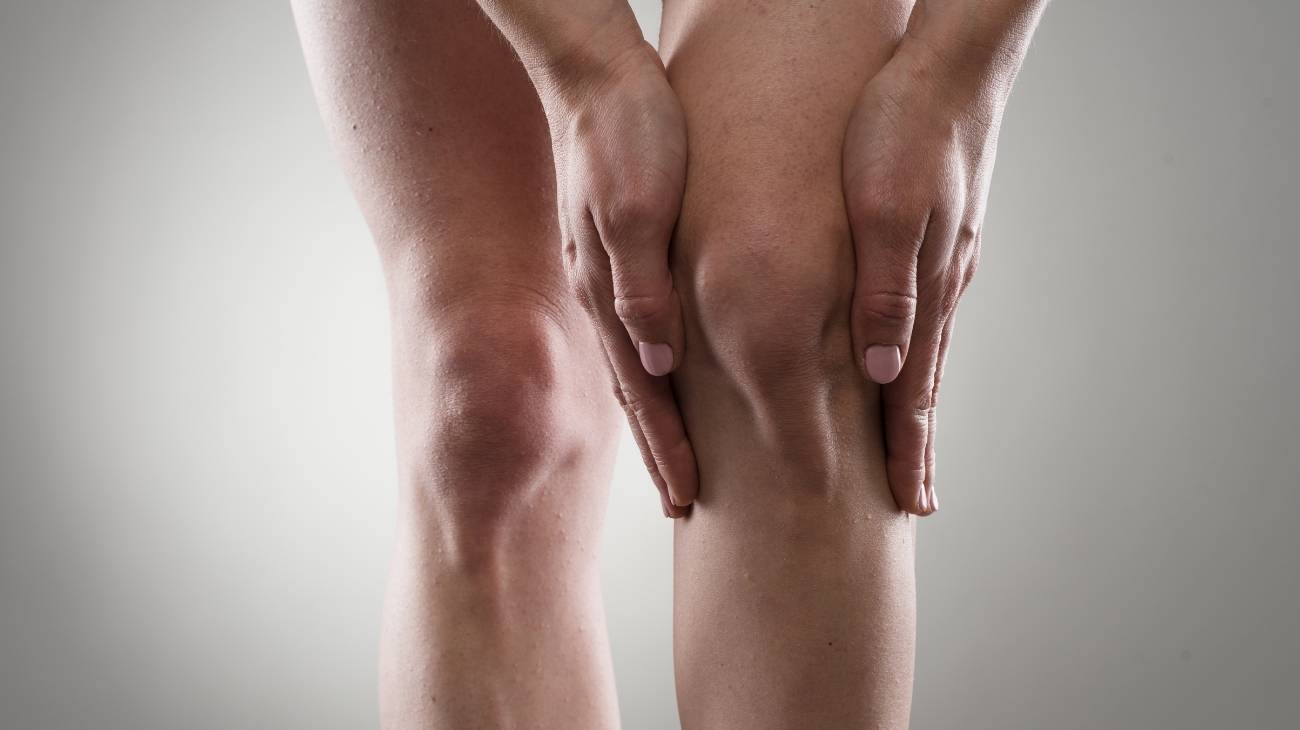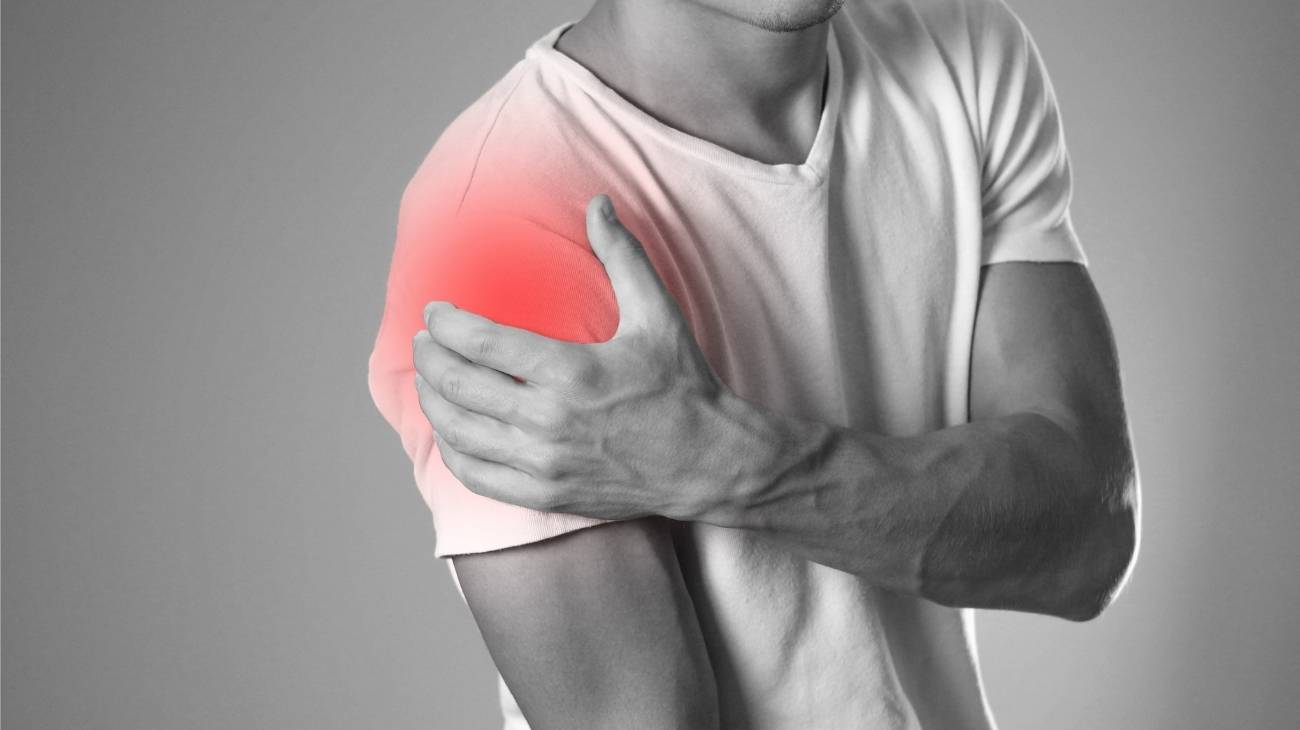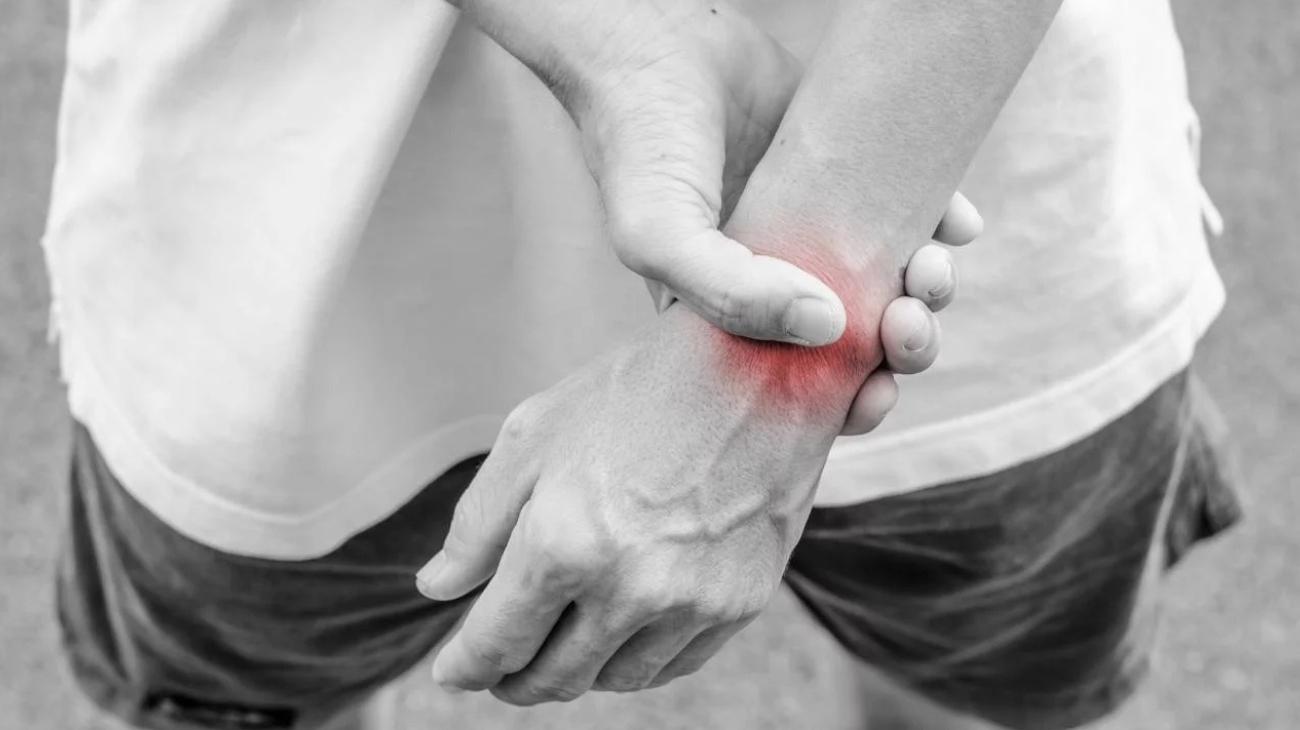- What is wrist tendinopathy?
- What are the causes and risk factors for hand and wrist tendonitis?
- Best products for wrist tendonitis
- Main symptoms that warn us that we have tendonitis of the wrist tendon
- What treatments are available to improve and cure wrist tendonitis?
- Prevention for wrist tendon inflammation
Pay attention to all the details that we will show you in this article because after reading this post to the end, you will know what tendonitis of the hand and wrist is and what causes the tendons located in this joint to become inflamed.
But that's not all, you will also find information about the treatments currently used to reduce the symptoms of this tendinopathy and why it is important to avoid self-medication. Finally, we'll explain how you can easily prevent wrist tendon inflammation. Take a look.
What is wrist tendinopathy?
The wrist and hand are made up of a large number of joints, muscles and tendons, the latter of which are responsible for connecting the bones to the musculature to produce tension and strength in the movements performed. When there is inflammation in the tendons of the anterior ulnar tendon, the extensor pollicis brevis, adductor pollicis longus or the different retinaculum tendons, this injury is called tendonitis of the hand and wrist or Quervain's tendonitis.
This inflammation may be caused by inappropriate exchange of nutrients and gases between the blood and the tissues, although it is also possible to find microscopic ruptures that are caused by excessive movements and improper use of the joint.
What are the causes and risk factors for hand and wrist tendonitis?
Find out all the causes that lead to tendonitis in hands and wrists
- Bad posture: Lack of correct lifting movements or improper pressure on something can cause muscle strains and microscopic tears in the tendon tissues.
- Bone deformities: Deformities in the bones of the hands and wrists can lead to tendonitis. This is due to a lack of space for the tendons to exert the correct force to move the joint.
- Lack of micronutrients: The body requires vitamins, proteins and minerals for the tendons in the wrist and hand to function properly. If these nutrients are absent in the bloodstream or the level of these nutrients is low, the likelihood of the occurrence of inflammation in the tendon fibres is high.
- Demanding activities: Athletes and workers who overexpose their hands can cause tendons to rupture, leading to tendonitis. This also occurs in repetitive movements in which the tendon tissues are strained to the maximum.
- Lack of rest: If for any reason it is necessary to perform the activities mentioned in the previous paragraph, it is advisable to rest every so often. Failure to do so can lead to inflammation of the tendons.
- Previous trauma: Injuries, fractures and blows to this part of the body can cause inflammation in the extensor tendons of the hand and wrist.
- Age: Although tendonitis can occur at any age, it is common to find patients in their 50s and older with this type of ailment due to loss of muscle strength.
Best products for wrist tendonitis
Bestseller
-
2 Mittens: Microwave Arthritis Gloves (Hearts)
£24,95 -
2 Mittens: Microwave Arthritis Gloves (Oxford)
£24,95 -
Foot Massage Roller for Plantar Fasciitis (Black)
£20,95 -
Foot Massage Roller for Plantar Fasciitis (Green)
£20,95 -
Foot Massage Roller for Plantar Fasciitis (Pink)
£20,95 -
Microwaveable Wheat Bag for Pain Relief (Hearts)
£20,95 -
Microwaveable Wheat Bag for Pain Relief (Oxford)
£20,95 -
Microwaveable Wheat Bag for Pain Relief (Sport)
£20,95
Main symptoms that warn us that we have tendonitis of the wrist tendon
To know if there is an injury to the muscles surrounding the hip, it is necessary to consider the symptoms of this disease, which are:
- Pain in the affected area: Patients with tendonitis in the hands and wrists feel pain when trying to perform daily actions, lifting objects or moving the palms in different directions. In addition, it is common to find people with this type of ailment who feel pain when greeting each other by pressing on their hands.
- Inflammation: Tendon fibres may be accumulating substances or metabolites that generate swelling in the hands and wrists. This is related to the inability of the bloodstream to exchange nutrients to eliminate these molecules.
- Inability to move normally: Limitation of movement is a common symptom found in patients with tendonitis. This is caused by the constant pressure on the tendons due to inflammation, which decreases the strength of these tissues to move the fingers and hands.
- Sensitivity: Excessive sensitivity is caused by pressure on the nerve roots in the affected area.
- Paraesthesia: Tingling and numbness are common in this type of injury due to the lack of dilation of the blood vessels in the wrists and hands.
- Strange sounds: Patients may be found to make crackling sounds when moving their hands. This is caused by the lack of opening of the joints due to the inflammatory process of the tendons.
What treatments are available to improve and cure wrist tendonitis?
It is possible for the injury to the tendons of the hands and wrists to go into remission or reduce symptoms through conventional and complementary treatments.
In the following paragraphs you will find the most commonly used ones:
Alternative and complementary therapies
Learn about the different alternative treatments that are applied to improve wrist and hand tendonitis:
- Hot and cold therapy: Hot and cold therapy consists of applying both temperatures to this part of the joint. This helps to deflate the affected area and reduce pain, thanks to the benefits offered by these thermal extremes. It can be applied directly by means of warm and cold water or water bags, although in some cases it is possible to use gels or ointments that allow thermal stimulation. The session consists of no more than 5 minutes for each temperature and should begin with the heat, continue with the cold and finally end with the warm temperature.
- Compression therapy: Compressive clothing can be used to reduce the symptoms of wrist tendonitis. This is done to keep the affected area in an ideal position so that the blood flows properly in the area able to exchange nutrients and oxygen with the injured tendon fibres. It should be kept in mind that the application of elastic bandages or wrist rbaces should maintain a pressure that does not break the capillary walls and is not too loose, as both situations are detrimental to the evolution of tendonitis.
- Massage therapy: One of the most commonly used treatments for hand and wrist tendonitis is massage. This therapy consists of rubbing the affected area to produce internal heat in the tendon fibres and in the musculature in general. This improves the exchange of oxygen between the blood and the tissues, reducing pain and inflammation.
- Acupressure therapy: By means of massaging with the fingertips and palms of the practitioner's hands, it is possible to reduce the symptoms of tendonitis of the hands and wrists. For this purpose, strategic points of the body are pressed, achieving nerve stimulation so that the brain stops receiving pain signals. Its application must be consulted in advance with the doctor.
- Thermotherapy: This treatment consists of stimulating the affected area by means of maniluviums - warm water baths with some medicinal plants - or bags with warm liquid. The aim is to improve blood flow by dilating the capillary walls, which is produced by the heat. In this way, the range of motion of the joint is restored and the symptoms of pain and inflammation are reduced.
- Natural remedies using plants: By means of infusions or warm baths of mustard, mint, laurel, camomile and lavender, among other plants, it is possible to reduce the symptoms of wrist and hand tendinitis. This is due to the relaxing, analgesic and anti-inflammatory properties of these herbs. In this way the patient obtains a mental balance much more quickly, but it should be borne in mind that before choosing this therapy, a doctor should be consulted.
- Healthy lifestyle: It is essential to reduce the symptoms of hand tendonitis by means of conventional treatments, but it is also necessary to avoid new missions in this degree. For this reason, the patient receives information from the doctor on how to deal correctly with all daily activities. In this way, treatment focuses on improving posture, reducing risk factors and improving physical activity.
Dietary supplements
There are different nutritional supplements that help to keep our body's tendons in good condition. These micronutrients are usually found in the joints, so the absence of these micronutrients can cause injury to the tendon fibres. This motivates doctors to prescribe syrups or tablets that include collagen, magnesium, glucosamine and chondroitin.
Physiotherapy treatments
By means of strengthening exercises, a gradual rehabilitation process can be implemented, which helps to improve muscle strength and joint mobility. For this purpose, different physiotherapy techniques can be implemented to help to induce internal heat in the tendon fibres.
This increases the dilation of the capillary walls, improving the nutrition of the soft tissues located in the hand and wrist. Among the most commonly used techniques in this treatment are ultrasound therapy, percutaneous intratissue electrolysis and joint decompression, which are applied directly to the area.
Medications
It is possible to restore joint movement, reduce inflammation and pain by means of drug therapy. This must be prescribed by a doctor to avoid counterproductive consequences in the future. Self-medication is an irresponsible decision that can lead to much more serious symptoms than tendinitis of the hands and wrists. The medications used in this therapy are based on opioid analgesics and anti-inflammatory NSAIDs, which are used in the first stage of the tendon injury.
Surgeries
When tendinopathy cannot be treated with non-invasive therapies, surgical intervention is necessary. Bursectomy is one of the most commonly used techniques for this type of injury, where bone remnants are removed and tendon tissues are reconstructed. It should be noted that this type of treatment is performed as a last resort, and it is always advisable to try all complementary therapies rather than an operation.
Prevention for wrist tendon inflammation
Tendonitis of the wrist tendons can be controlled and even prevented if the following aspects are taken into account:
- Improve proprioception: Keeping your hands and wrists stable when performing activities that may put the tendons located in this area at risk will help you avoid tendon tissue injuries.
- Avoid lifting heavy objects: If for some reason you need to lift things with excessive weight, try to do it correctly and use effective protection. However, it is advisable to avoid these actions and rely on elements that can carry out this type of force mechanically.
- Incorporate nutritional micronutrients: If you want the tendon function of your hands and wrists to be correct, it is recommended that you add potassium, magnesium and selenium to your meals. This will help you to have proper blood circulation in the area to eliminate all waste metabolic molecules.
- Walk or exercise with a bicycle: Daily physical activity will improve blood flow to the hands and wrists. For this reason it is advisable to dedicate at least 30 minutes a day to this type of activity.
- Don't do repetitive movements: Prolonged and repeated actions you perform with your hands can cause microscopic tears in the tendon tissues. It follows that it is advisable to avoid these movements, but if you find yourself doing them because of your job or the sport you practice, don't forget to rest every so often.
- Strengthen and stretch your muscles and tendons: Having strong and flexible muscles and strong and resistant tendons will make it much more difficult to suffer from this disease. We will also feel better and healthier in general terms.
References
- Adams, J. E., & Habbu, R. (2015). Tendinopathies of the hand and wrist. JAAOS-Journal of the American Academy of Orthopaedic Surgeons, 23(12), 741-750. https://journals.lww.com/jaaos/FullText/2015/12000/Tendinopathies_of_the_Hand_and_Wrist.6.aspx
- Fedorczyk, J. M. (2012). Tendinopathies of the elbow, wrist, and hand: histopathology and clinical considerations. Journal of Hand Therapy, 25(2), 191-201. https://www.sciencedirect.com/science/article/abs/pii/S0894113011001542
- Wagner, E. R., & Gottschalk, M. B. (2019). Tendinopathies of the forearm, wrist, and hand. Clinics in Plastic Surgery, 46(3), 317-327. https://www.plasticsurgery.theclinics.com/article/S0094-1298(19)30015-X/fulltext
- Dimitrios, S. (2017). Eccentric Training of Wrist Extensors is Not Enough in the Management of Lateral Elbow Tendinopathy. An Expert. Ann Orthop Rheumatol, 5(2), 1084. https://www.researchgate.net/profile/Dimitrios-Stasinopoulos/publication/320190746_Eccentric_Training_of_Wrist_Extensors_is_Not_Enough_in_the_Management_of_Lateral_Elbow_Tendinopathy_An_Expert_Opinion/links/5fe219f9a6fdccdcb8f3c435/Eccentric-Training-of-Wrist-Extensors-is-Not-Enough-in-the-Management-of-Lateral-Elbow-Tendinopathy-An-Expert-Opinion.pdf
- Pensak, M. J., Bayron, J., & Wolf, J. M. (2013). Current treatment of de Quervain tendinopathy. Journal of Hand Surgery, 38(11), 2247-2249. https://www.jhandsurg.org/article/S0363-5023(13)00719-3/fulltext
- Millar, N. L., Silbernagel, K. G., Thorborg, K., Kirwan, P. D., Galatz, L. M., Abrams, G. D., … & Rodeo, S. A. (2021). Tendinopathy. Nature reviews Disease primers, 7(1), 1. https://www.nature.com/articles/s41572-020-00234-1
- Rees, J. D., Maffulli, N., & Cook, J. (2009). Management of tendinopathy. The American journal of sports medicine, 37(9), 1855-1867. https://journals.sagepub.com/doi/abs/10.1177/0363546508324283
- Maffulli, N., Wong, J., & Almekinders, L. C. (2003). Types and epidemiology of tendinopathy. Clinics in sports medicine, 22(4), 675-692. https://www.sportsmed.theclinics.com/article/S0278-5919(03)00004-8/fulltext
- Riley, G. (2008). Tendinopathy—from basic science to treatment. Nature clinical practice Rheumatology, 4(2), 82-89. https://www.nature.com/articles/ncprheum0700
- Xu, Y., & Murrell, G. A. (2008). The basic science of tendinopathy. Clinical orthopaedics and related research, 466, 1528-1538. https://link.springer.com/article/10.1007/s11999-008-0286-4



